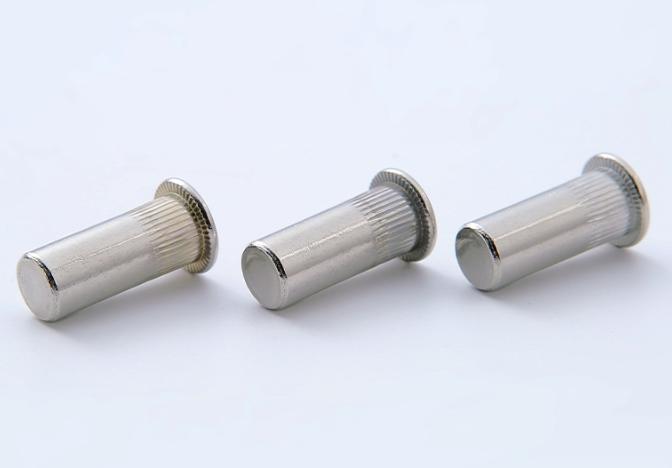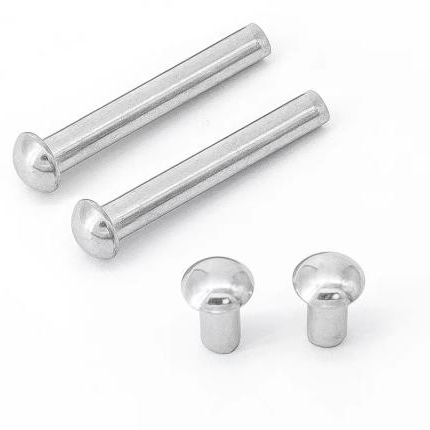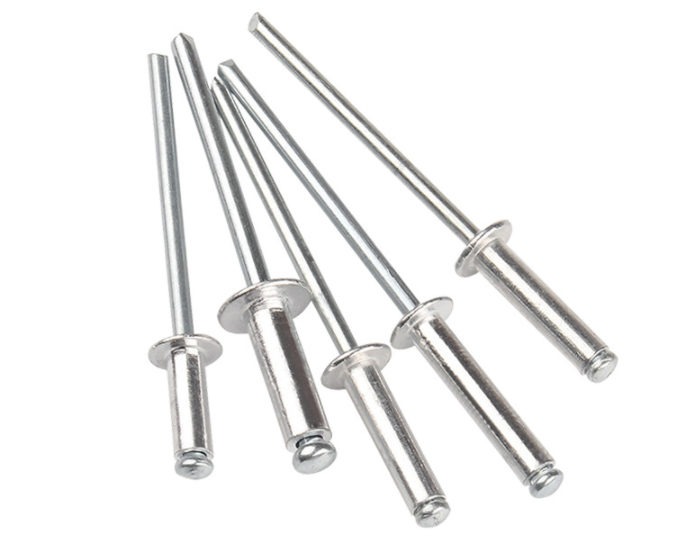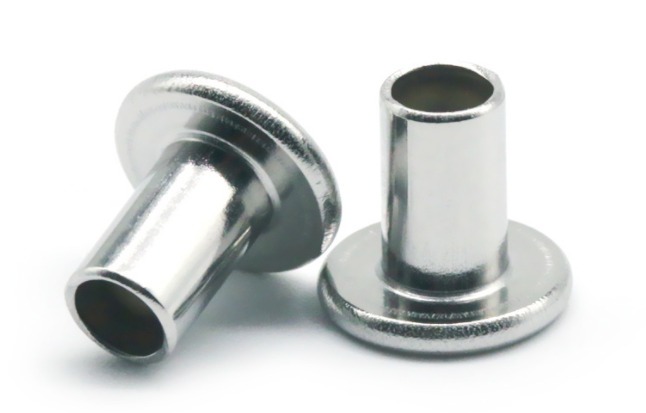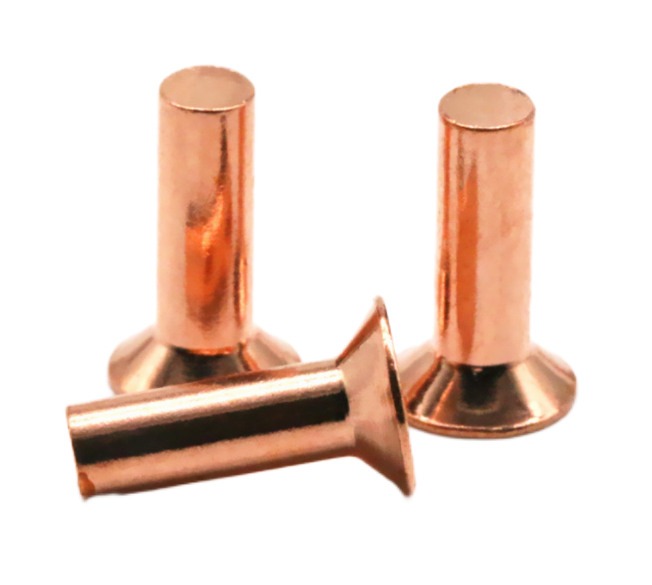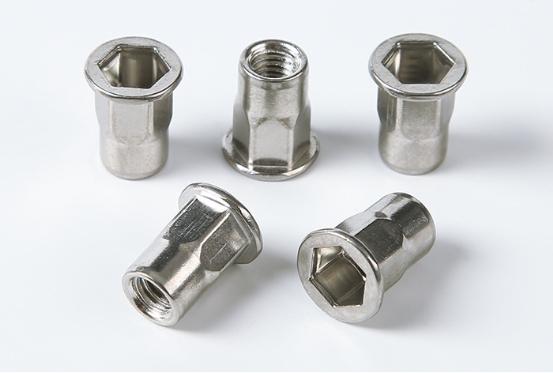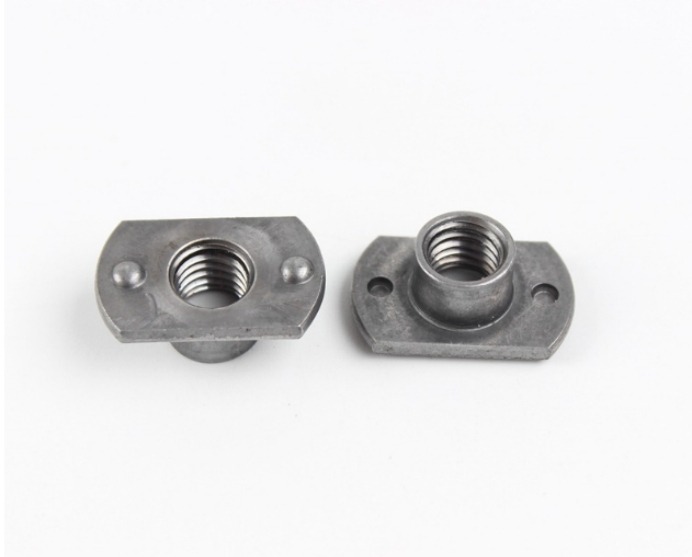Understanding Rivet Nuts: Functionality and Installation Guide
When it comes to fastening components together securely, a variety of methods are at our disposal. One such method gaining popularity in various industries is the use of rivet nuts. Rivet nuts, also known as threaded inserts, offer an efficient and reliable way to create strong, threaded connections in a wide range of materials. In this article, we will delve into the world of rivet nuts, exploring what they are, how they work, and how to install them effectively.
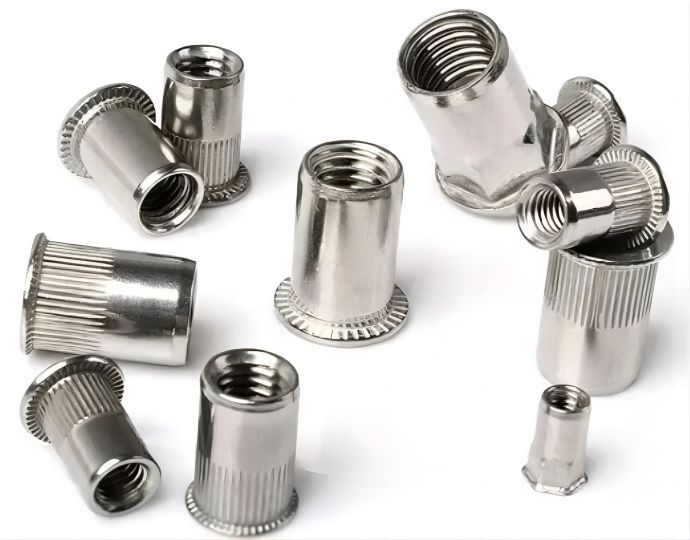
What are Rivet Nuts
Rivet nuts are specialized fasteners designed to create a threaded connection in materials where it may be challenging to achieve with traditional methods. They are typically used when it’s difficult to access the backside of a workpiece, making traditional nuts and bolts impractical. Rivet nuts are versatile, finding applications in various industries, including automotive, aerospace, construction, electronics, and more.
What are Common Types of Rivet Nuts
Rivet nuts come in several types, each designed to suit specific applications and requirements. The most common types include:
- Round Rivet Nuts: These have a round body and are suitable for general applications.
- Hexagonal Rivet Nuts: Hexagonal rivet nuts have a hexagonal body, which makes them easier to grip and turn with a wrench.
- Closed-End Rivet Nuts: Closed-end rivet nuts have a sealed bottom, preventing the intrusion of liquids, gases, or other contaminants.
- Open-End Rivet Nuts: Open-end rivet nuts do not have a sealed bottom, which allows for applications where a through-hole is needed.
- Reduced Head Rivet Nuts: These have a smaller head profile, providing a flush or low-profile finish in applications.
- Knurled Body Rivet Nuts: Knurled body rivet nuts have a textured surface that enhances their grip on the host material.
- Flanged Rivet Nuts: Flanged rivet nuts have an extended flange that provides a larger load-bearing surface.
How Do Rivet Nuts Work?
Rivet nuts are designed to create a threaded connection within a material without the need for access to the opposite side of the workpiece. The process of how rivet nuts work can be broken down into a few key steps:
- Insertion: A hole is drilled or punched in the host material where you want to create a threaded connection. The rivet nut is then inserted into the hole.
- Compression: Using a tool designed for the purpose, the rivet nut is compressed or swaged. This deforms the rivet nut, causing it to expand and grip the surrounding material. This expansion creates a secure and tight fit.
- Thread Formation: As the rivet nut is compressed, its internal threads engage with the mating fastener, such as a screw or bolt. This results in a threaded connection that allows for the secure attachment of various components.
- Load Distribution: The flange or head of the rivet nut, if present, helps distribute the load across a larger area, enhancing the strength and stability of the connection.
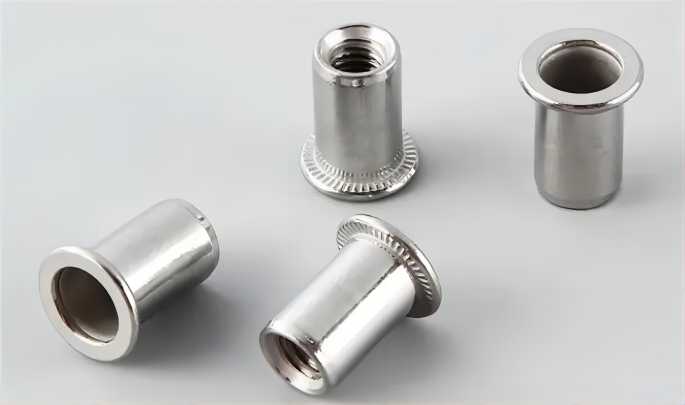
rivet nuts supplier
How to Install Rivet Nuts?
Installing rivet nuts is a straightforward process, but it requires the right tools and techniques for a successful outcome. Here’s a step-by-step guide on how to install rivet nuts effectively:
- Select the Right Rivet Nut: Choose the type and size of rivet nut that best suits your application. Consider factors like material, thickness, and the desired strength of the connection.
- Prepare the Workpiece: Ensure that the host material is clean and free of debris. If needed, drill or punch a hole with the appropriate size to accommodate the rivet nut.
- Choose the Right Installation Tool: The tool used for installing rivet nuts can vary, but the most common options are hand tools, pneumatic tools, or hydraulic tools. Select the tool that matches your requirements and capabilities.
- Insert the Rivet Nut: Place the rivet nut into the prepared hole, ensuring it sits flush with the surface.
- Compression: Use the chosen tool to compress the rivet nut. The tool will deform the rivet nut, causing it to grip the material tightly. Follow the manufacturer’s guidelines for the specific tool you’re using.
- Thread Formation: As the rivet nut is compressed, it will create internal threads that allow for the attachment of the desired fastener. Ensure that the threads are clean and free from burrs or deformities.
- Fastener Installation: With the rivet nut securely in place, insert the screw or bolt through the object you want to fasten, engaging it with the newly formed threads inside the rivet nut.
- Tightening: Use the appropriate tool to tighten the fastener until the desired level of torque or tension is achieved. Be cautious not to over-tighten, which may damage the rivet nut or the surrounding material.
- Check and Verify: After installation, inspect the connection to ensure it’s secure and the threads are functioning properly.
- Test the Connection: If your application involves load-bearing or critical components, conduct tests to ensure the connection meets the required strength and stability.
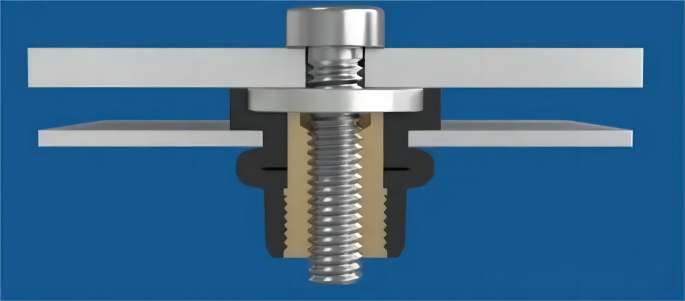
Conclusion
Rivet nuts are versatile fasteners that have become essential in industries where traditional methods of creating threaded connections may not be feasible. Their ability to create secure, threaded connections without requiring access to the opposite side of the workpiece makes them a valuable addition to any toolkit.
Understanding the types of rivet nuts available, how they work, and the proper installation process is crucial for achieving reliable and robust connections in your projects. By following the steps outlined in this article and choosing the right rivet nuts and installation tools, you can ensure the success of your fastening applications, from automotive and aerospace to construction and beyond.

